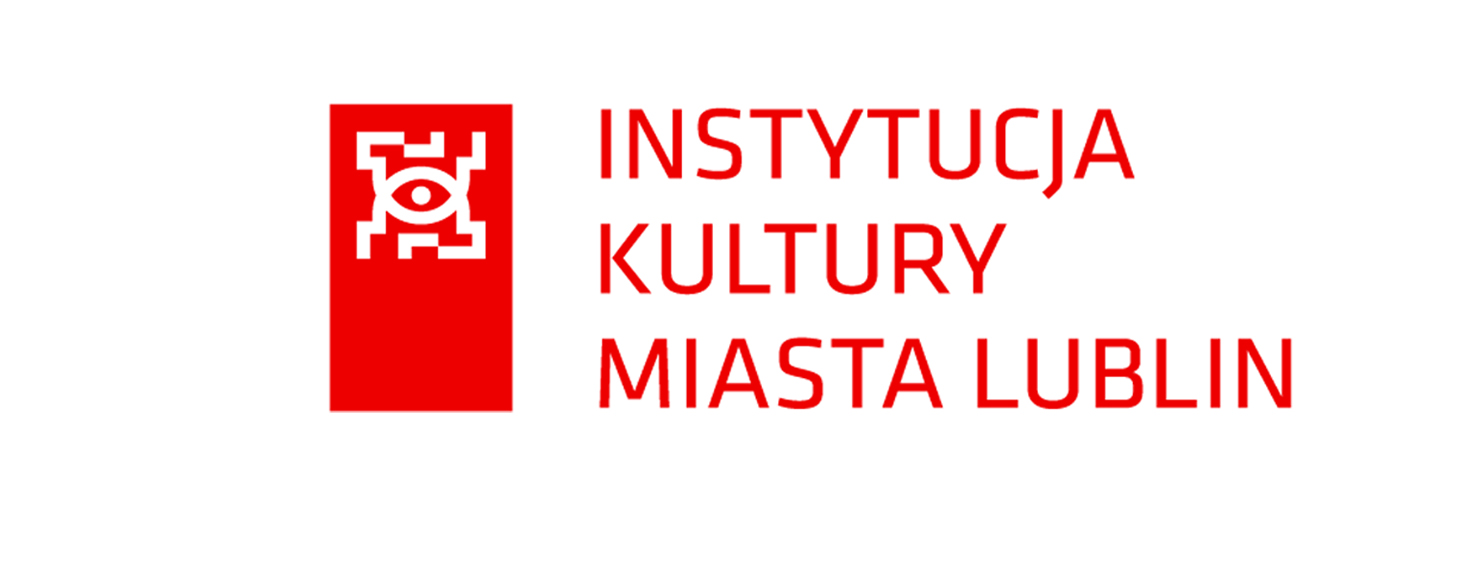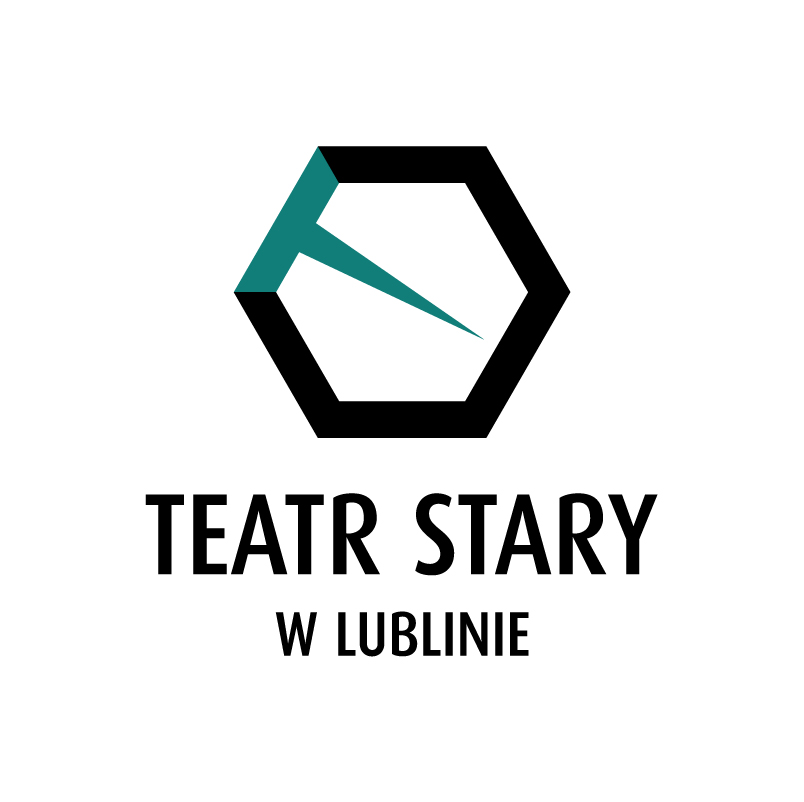Teatr/ Magical arts and highbrow art
As early as in 1839, Seweryn Zenon Sierpiński, author of The Image of the City of Lublin (considered one of the earliest guides to the city) observed that
Lublin is also visited by travelling troupes from Kraków and other places. Music concerts, equestrian arts, wax figure exhibits, Herculean, magical, and physical arts, cosmoramas and Dionophoramas, people from all over the world, menageries etc, entertain our city very frequently.
Initially shown in city squares, circuses, or temporary market stalls, in time these entertainments made their way to the theatre. Theatre space was particularly valuable because it could be blacked out, all the better to present magic or the highly popular optical images, as well as circus tricks that utilised stage machinery.
Such kinds of entertainment holding court in a theatre, the home of highbrow art, was not to the liking of everyone. In 1924, Mieczysław Opałek wrote:
In the chaos and the blurring of concepts, such shows were deemed, along with drama proper, to be “art”. Theatre directors themselves invited audiences to “guest performances” of various itinerant phoneys, acrobats, equilibrists, etc., allowing them to use the theatre hall in the sweet hope that there might be the thinnest layer of paper notes to line the bottom of the desperately empty money box. And those cursed magicians, making easy money and enjoying the devotion of often unquestioning crowds, sought to bask in the light of art and education.





